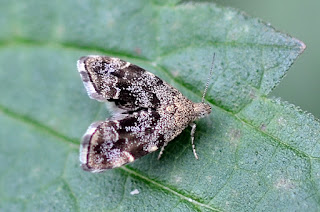 |
| Comma Polygonia c-album caterpillar Final Instar |
 |
| Comma Polygonia c-album |
 |
| Comma Polygonia c-album caterpillar Final Instar |
 |
| Comma Polygonia c-album |
 |
| Jersey Tiger Euplagia quadripunctaria |
 |
| Acrocercops brongniardella blister mine on Quercus |
 |
| Coleophora asteris |
 |
| Coleophora asteris female genitalia plate. |
 |
| Carpatolechia fugitivella |
 |
| Epermenia falciformis |
 |
| Bucculatrix maritima |
 |
| Svensson's Copper Underwing upper side |
 |
| Svensson's Copper Underwing under side |
 |
| Svensson's Copper Underwing upper hind wing |
 |
| Svensson's Copper Underwing under hind wing |
 |
| Svensson's Copper Underwing labial palp |
 |
| Svensson's Copper Underwing aedeagus spines |
 |
| Choreutis pariana larval web and larva |
 |
| Caloptilia elongella leaf cone |
 |
| Caloptilia elongella larva |
 |
| Anthophila fabriciana adult |
 |
| Anthophila fabriciana larval web |
 |
| Anthophila fabriciana larva |
 |
| Acrolepia autumnitella blister mine |
 |
| Cydia amplana |